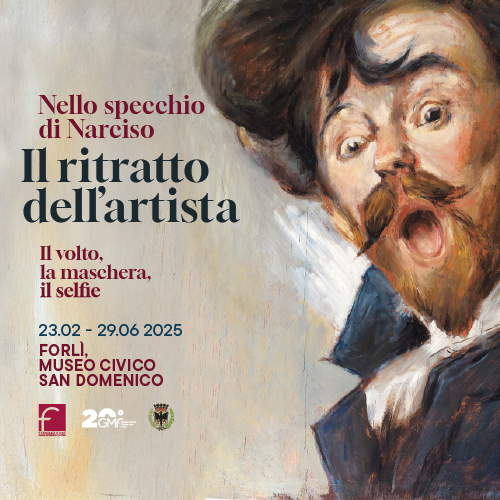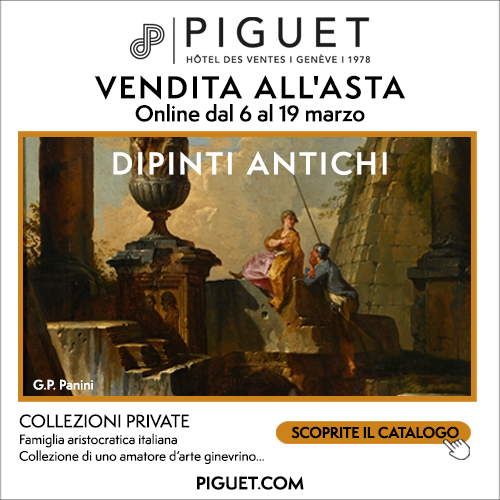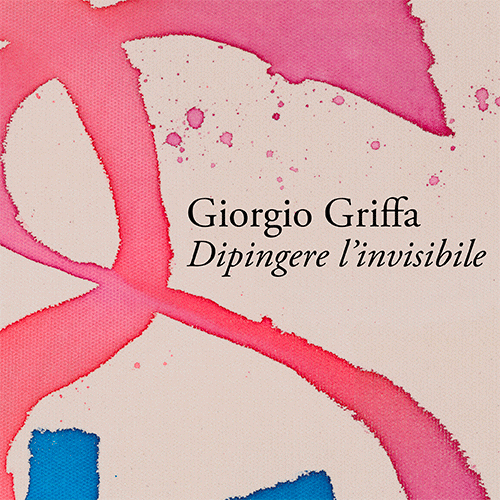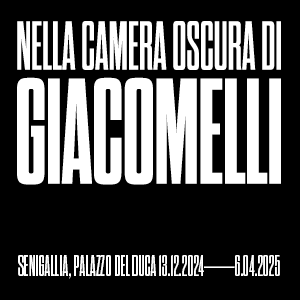For the first time in its history, the Royal Palace of Caserta will open its storerooms to the public
For the first time, the Royal Palace of Caserta will open its storerooms to the public: the museum is working on an ambitious active preservation project that will allow the richness of the Vanvitellian Complex to be discovered from a new perspective. Over the past year, the Ministry of Culture institute has undertaken an extensive reconnaissance campaign to identify spaces for storage and to catalogue the many historical and artistic artifacts not included in the permanent exhibition. This was a complex activity, made even more challenging by the vastness of the Palace and Park, the state of some rooms and the dispersion of the objects, which often lack an organic location or certain archival references.
The intervention includes the creation of specialized storerooms designed to best accommodate and preserve the different types of works: paintings and frames, seating and small furniture, stone objects, documents and paper materials, applied arts, models and busts, textiles and sacred vestments, scenic elements and cribs. Spaces were also set up for the temporary storage of works intended for exhibitions and museum displays, as well as storage facilities for objects of historical value but without particular artistic merit.
The handling of the works was entrusted to specialized firms, using specific instrumentation. The rooms selected to house the storerooms have undergone infrastructural work, upgrading and securing. At the same time, the digitization and updating of cataloging records is underway, in an interdisciplinary approach that combines conservation, study and research. Restorers have also carried out conservation work where necessary.
To date, the new repositories already house a vast number of works, including 290 paintings on canvas and wood and 107 on paper, 130 frames, 280 bronzes, 212 glass objects, more than 200 chairs, 75 ceramics, about 300 pieces including embroidered paintings, curtains, linens and sacred vestments, 15 nativity items and 37 rolls of fabric. And the number is bound to increase, thanks to ongoing recovery and inventory work. Among the most recent transfers, stone materials from the former Passionist convent stand out, to which are added sculptural and architectural elements and fragments recovered from within the Palace and Park, for a total of about 600 pieces, all of which have been filed with chronological placement.
The opening of these repositories represents a fundamental step in the enhancement of a hitherto hidden heritage. These are places designated for the preservation of fragile assets that, for reasons of protection, study or restoration, cannot be permanently displayed, but available in the future for temporary exhibitions, workshops and educational programs. The goal is to make the heritage of the Royal Palace of Caserta, a recognized UNESCO site, accessible to an ever wider public. Once the work is completed, for the first time in its history, the museum will be able to expand its cultural offerings with dedicated visits to these treasure chests of history, in a project that combines protection, innovation and accessibility.
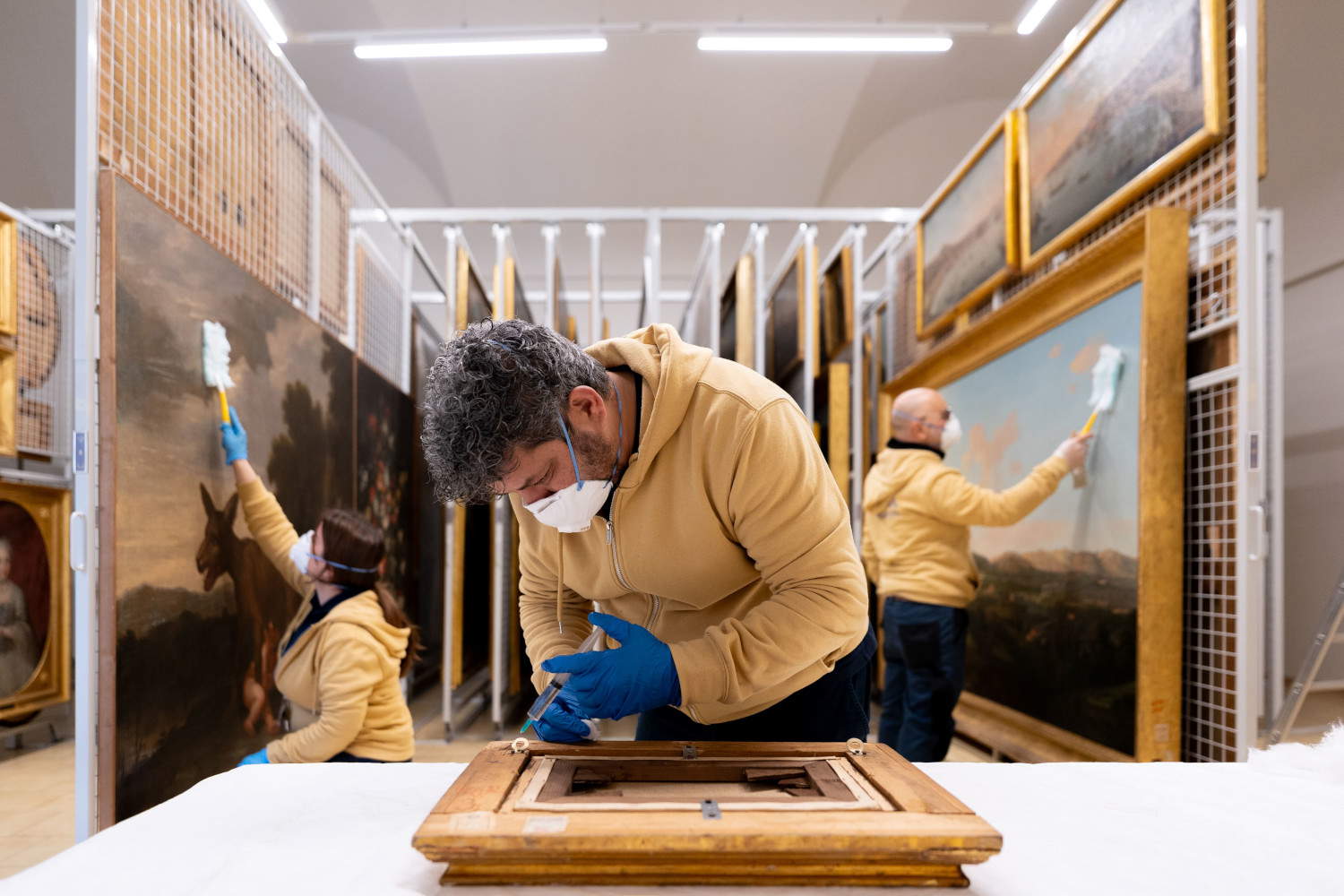 |
| For the first time in its history, the Royal Palace of Caserta will open its storerooms to the public |
Warning: the translation into English of the original Italian article was created using automatic tools. We undertake to review all articles, but we do not guarantee the total absence of inaccuracies in the translation due to the program. You can find the original by clicking on the ITA button. If you find any mistake,please contact us.





